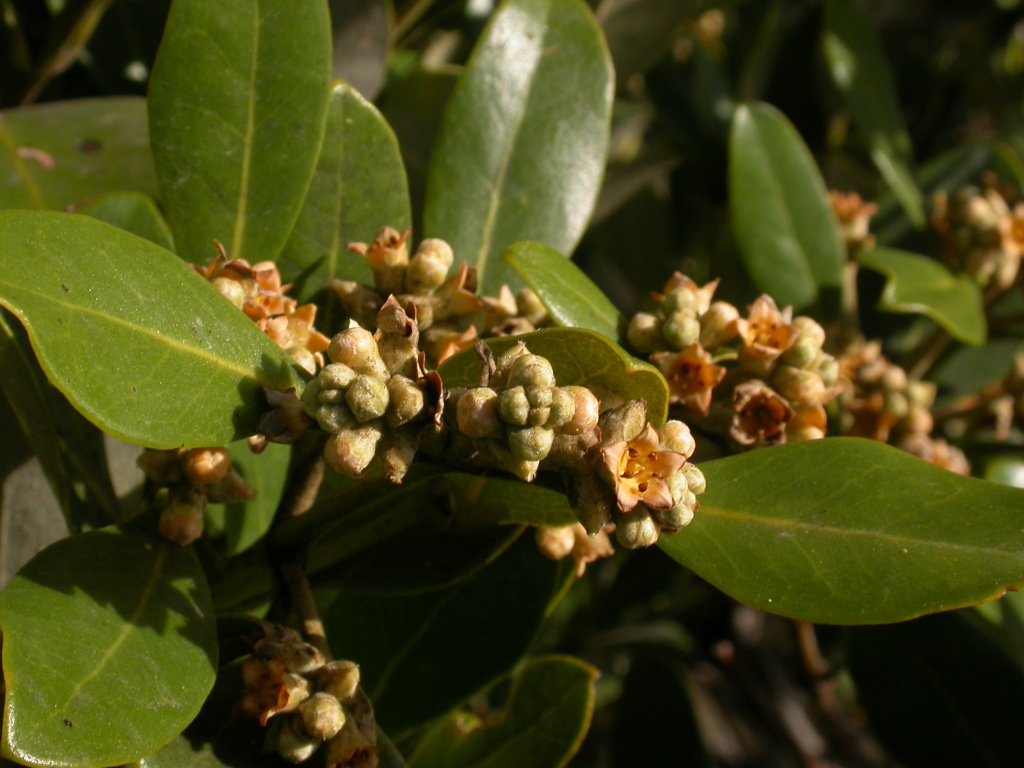Avicennia
Mangroves, shrubs or trees, with pneumatophores. Leaves opposite and decussate, simple. Inflorescences axillary or terminal, cymose, spicate or subcapitate; each flower surrounded by a persistent scale-like bract and 2 bracteoles. Flowers sessile, regular; calyx deeply 5-lobed, with lobes almost free; corolla campanulate-rotate, 4-lobed; stamens 4, inserted in throat of corolla-tube; ovary with free-central placenta, ovules 4. Fruit a capsule, dehiscent by 2 valves, 1-seeded by abortion, viviparous.
A widespread tropical and subtropical genus of 5 species; 2 species in Australia.
Sometimes placed in the separate family Avicenniaceae or as part of a broadly defined Verbenaceae.
Conn, B.J. (1999). Verbenaceae. In: Walsh, N.G.; Entwisle, T.J., Flora of Victoria Vol. 4, Cornaceae to Asteraceae, pp. 411–418. Inkata Press, Melbourne.
 Spinning
Spinning



